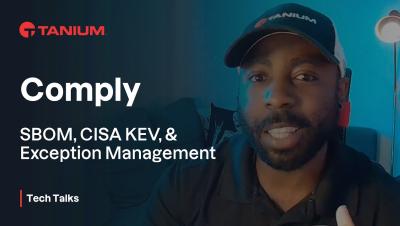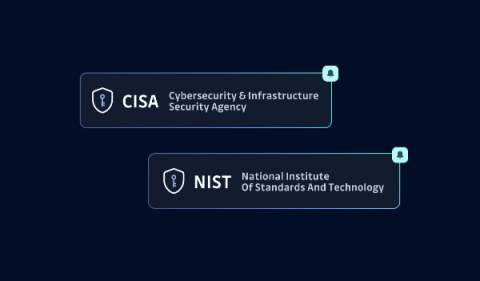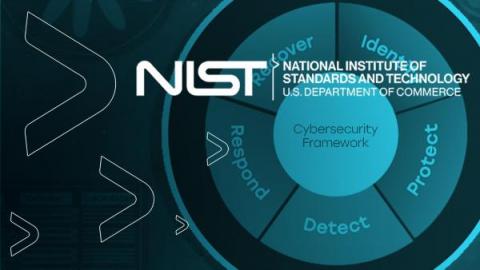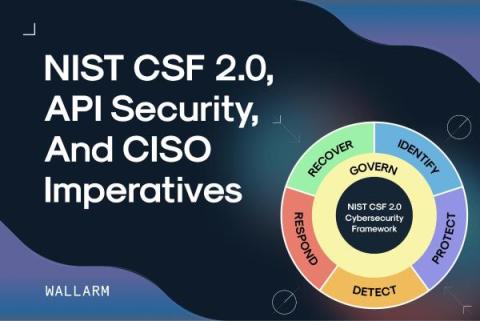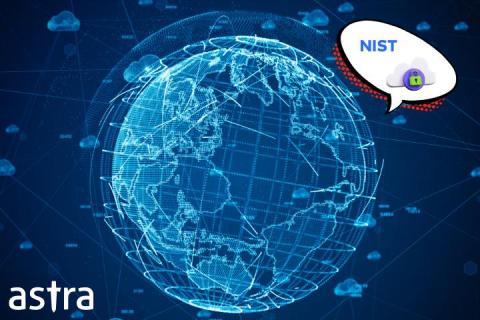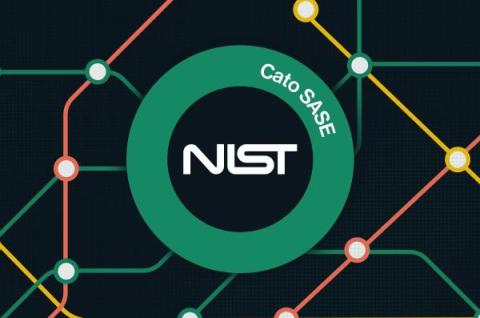Closing Integrity Gaps with NIST CSF
The then-new 2014 NIST Cybersecurity Framework (CSF) was designed to plug security gaps in operational technology. It’s still in use today and more relevant than ever. Fortra’s whitepaper provides a cohesive review of this security staple and how to glean the best out of it for your strategy.



